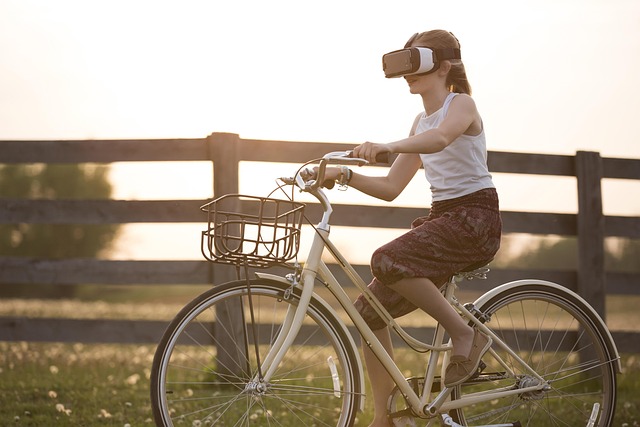Virtual Reality Takes Center Stage in Education

The Rise of Virtual Reality in the Classroom
Virtual reality (VR) technology has been steadily making its way into various industries, from entertainment to healthcare. However, one sector that has seen a significant rise in the use of VR is education. VR has the unique ability to transport students to different places and time periods, providing immersive learning experiences that were previously impossible.

Enhancing Learning Through Immersive Experiences
Imagine studying history by virtually walking through ancient civilizations, exploring the pyramids of Egypt, or witnessing historical events unfold before your eyes. With VR, students can do just that. By putting on a VR headset, students can be fully immersed in a virtual environment, making learning more engaging and memorable.

Furthermore, VR can cater to different learning styles, allowing for a more personalized educational experience. Visual learners can benefit from immersive visuals, auditory learners can engage with realistic sound effects, and kinesthetic learners can interact with the virtual environment, enhancing their understanding of complex concepts.

Real-World Applications in Education
While the idea of using VR in education may seem futuristic, many schools and institutions have already started incorporating this technology into their curriculum. For example, medical students can practice surgical procedures in a virtual operating room, without the need for a cadaver. Language students can immerse themselves in a foreign country to practice their speaking and listening skills. Geography students can explore geographical features in a virtual world.

Teachers are also finding creative ways to integrate VR into their lessons. By creating custom virtual experiences tailored to their curriculum, educators can bring abstract concepts to life and make learning more interactive. This hands-on approach is proven to increase student engagement and retention of information.

Overcoming Challenges and Limitations
Despite the numerous benefits of VR in education, there are still some challenges that need to be addressed. Cost is a significant factor, as VR headsets and software can be expensive, making it difficult for schools with limited budgets to adopt this technology. Additionally, there is a learning curve for both teachers and students to effectively use VR in the classroom.

Another concern is the potential impact of prolonged exposure to VR on students’ health, such as eye strain, motion sickness, and disorientation. Educators need to be mindful of these issues and implement appropriate measures to ensure the well-being of their students while using VR.

The Future of VR in Education
Despite these challenges, the future of VR in education looks promising. As technology continues to advance and become more affordable, VR will become more accessible to schools of all sizes. Virtual field trips, interactive simulations, and collaborative learning environments are just a few possibilities that VR can offer in the future.

With the potential to revolutionize the way students learn and engage with content, virtual reality is set to take center stage in education, creating endless opportunities for immersive learning experiences.

